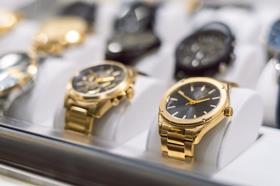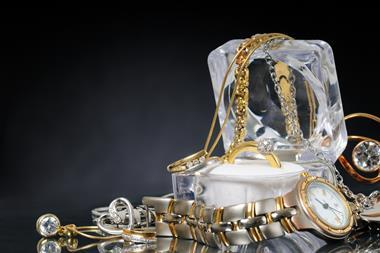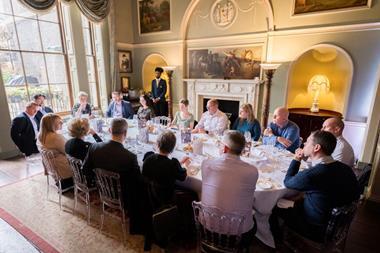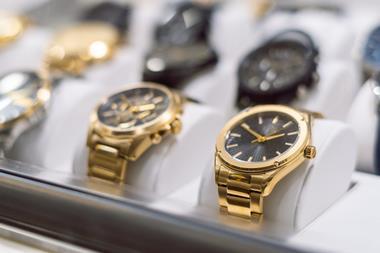’Common scenarios include fictitious losses or a watch being used to make multiple claims with different insurers,’ says managing director
Insurers estimate that fraudulent activity surrounding luxury watch claims may stand as high as 50%.

That was according to The Watch Register, which warned that the growth of the pre-owned market meant more watches were at risk of being counterfeit.
The Watch Register is an international database that holds information on lost and stolen watches.
It is used by watch dealers, jewellers, pawnbrokers and auction houses to identify stolen watches prior to transactions.
The database said there had been cases during 2023 where watches had been claimed for and then sold by the policyholder, as well as counterfeit watches and paperwork being purchased online to support a bogus claim.
Katya Hills, managing director at The Watch Register, said: “Some insurers estimate that fraudulent activity surrounding luxury watch claims may stand as high as 50% or more,” Hills said.
“Common scenarios include fictitious losses or a watch being used to make multiple claims with different insurers.
“Furthermore, the growth of the pre-owned market and long waiting lists associated with the most desirable models means that a growing proportion of owners are insuring pre-owned watches, which carry a risk of being counterfeit or subject to an existing claim.”
Register
The total value of all watches registered with The Watch Register is currently estimated to be £1.5bn.
Read: Underinsurance is a bigger risk to HNW clients than theft or burglary – Ecclesiastical
Read: In Focus – Ex-Love Islander’s burglary reawakens HNW underinsurance and social media risks debate
Explore more HNW-related content here or discover other news stories here
Data showed that 30% of the watches on the database valued at £450m were registered by insurers during 2023.
And more than 70% of all watch recoveries were undertaken on behalf of an insurer, which had also settled a claim for the owner.
The organisation estimates that the total value of recovered watches could see the insurance sector recoup millions of pounds in settled claims if serial numbers were always obtained prior to loss.
Hills said: “The insurance industry was one of the founding partners of the Art Loss Register, our parent company, and knows from experience that only one recognised due diligence database will be effective.
“The sector already supports single reference databases such as the Claims and Underwriting Exchange (CUE), Motor Insurance Anti-Fraud and Theft Register (MIAFTR) and Insurance Fraud Bureau (IFB).
“With the continued escalation of watch crime and associated insurance fraud, the same approach is required for watches.”












































No comments yet